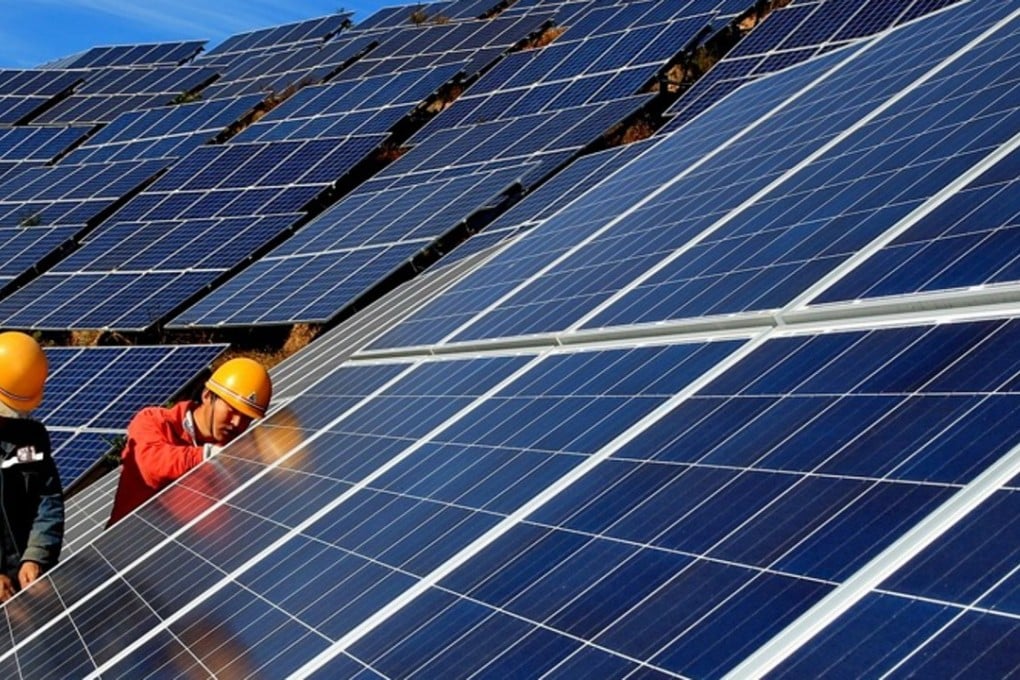On track: remote monitoring and artificial intelligence ensure more efficient railway systems along belt and road routes
Fibre optic sensors placed on key points and moving parts throughout trains collect data which is transformed into information and then knowledge in a three-stage process

Exciting new green technologies are blossoming along the “new Silk Road”, raising spirits at a time when a climate sceptic is in the White House. Rail is a crucial mode of transport in China – which, in 2015, had 121,000km of railway tracks, the second longest network in the world.
It is also popular with the environmental lobby because energy is produced at a safe distance, but smart technologies make it greener. The economies of scale of the massive roll-out led to cost savings. Remote monitoring and artificial intelligence ensure that systems can run more efficiently, and with large energy savings. New materials are making trains lighter and more fuel-efficient.
“You can be clever about how you control trains,” says Clive Roberts, professor of railway systems at Birmingham University, one of the leading centres of excellence for railway engineering in Britain. Roberts has worked on improving reliability, punctuality and energy efficiency with smart technologies for 20 years.
Roberts describes how fibre-optic sensors placed on key points and moving parts throughout trains collect data which is transformed into information and then knowledge in a three-stage process, through analysis with artificial intelligence. This results in significant energy savings.
Monitoring systems now detect when parts are wearing out so they can be replaced before they do so, avoiding service failures and reducing down time for locomotives.
Software is increasingly used to calculate the most energy efficient train driving techniques and patterns, driving trains automatically while calculating how best to accelerate and decelerate, according to track and locomotive distribution. Automated optimal driving trajectories optimise energy consumption and network capacity usage, by reducing the safety margins required between trains to allow for variation in driving of humans. Power production is now spread throughout the carriages, with driving instructions from the front automatically replicated by “slave locomotives”. When leaves or debris cause wheels to slip on the track, sensors reduce power until a wheel connects with a track again.
You can be clever about how you control trains
